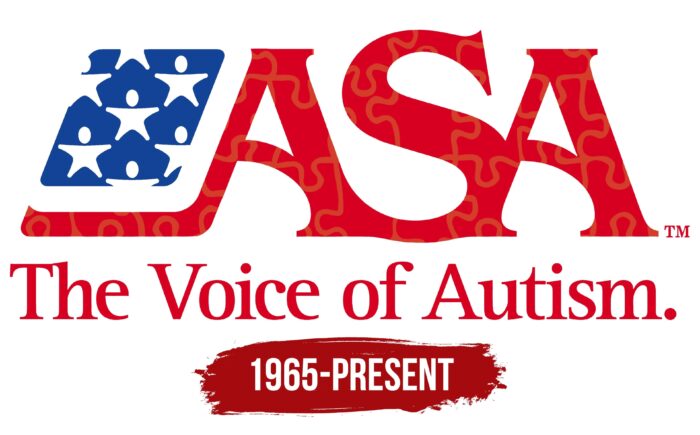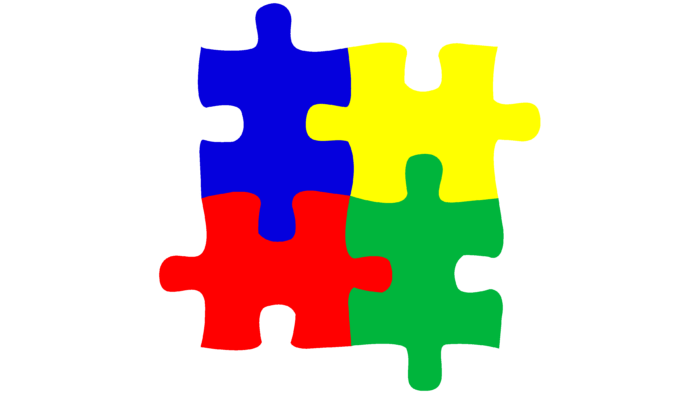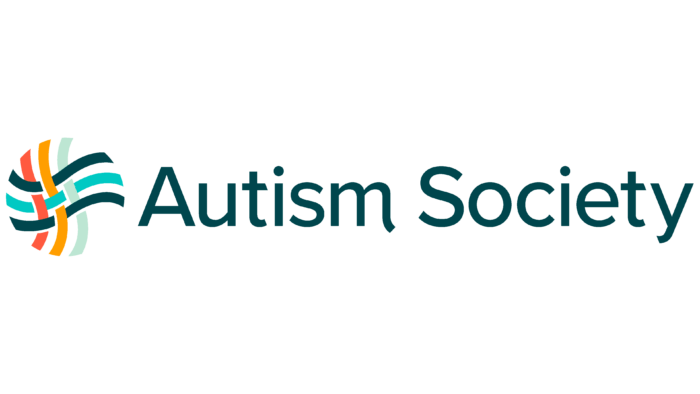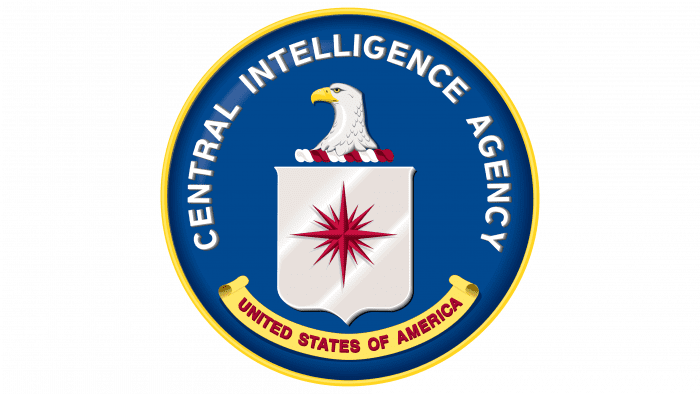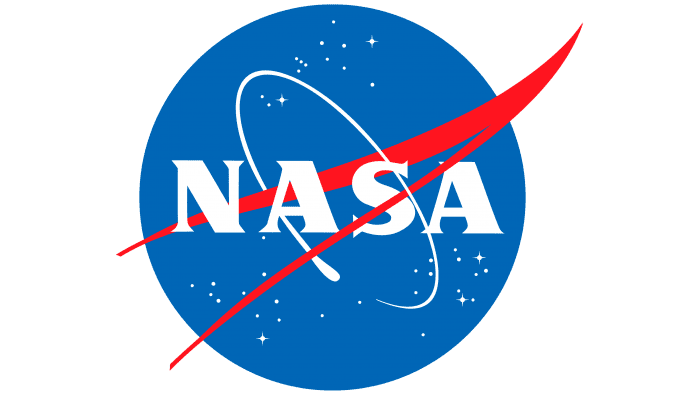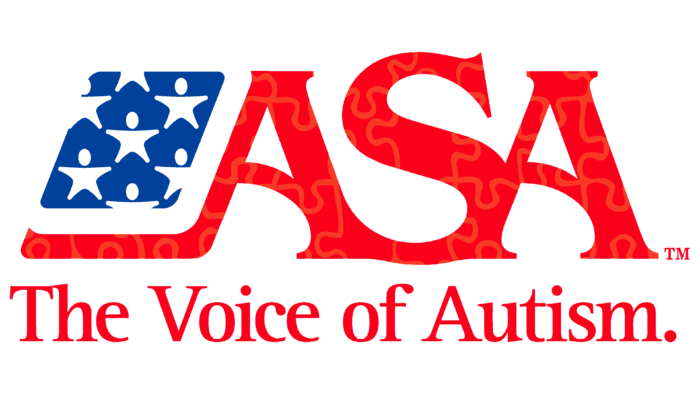 The Autism Society of America Logo PNG
The Autism Society of America Logo PNG
The Autism Society of America logo is inspired by the idea of teamwork and mutual support. Many separate puzzle families have created a single system to fight for their children’s rights. The emblem calls to join their fight.
The Autism Society of America: Brand overview
| Founded: | 1965 |
| Founder: | Bernard Rimland, Ivar Lovaas, Ruth C. Sullivan, and others |
| Headquarters: | Rockville, Maryland, United States |
| Website: | autism-society.org |
Meaning and History
The original name of this organization was the National Society for Autistic Children. However, over time it was changed to the current version. This is done in order to show that such children grow up, becoming adults. ASA also dispels myths about people with autism, promotes socialization, manages issues, and provides psychological support.
A key figure among the founders was the Norwegian-American scientist, professor at the University of California, clinical psychologist Ole Ivar Lovaas. He has researched the behavioral patterns of children with autism to teach them through positive reinforcement, prompting, and behavior modeling, with incredible results. During his lifetime, he received several high awards for his work.
The second most important figure is the American psychologist, lecturer, and researcher Bernard Rimland. But he became the creator of the erroneous theory of human developmental disorders. He argued that autism is not a psychological but a physiological disorder that can be cured with a “vaccine.” Although he was the founder of the ASA, he left the organization, establishing his society in 1967 under the name Autism Research Institute.
The first head of the Autism Society of America was Ruth Christ Sullivan, a public figure and advocate for educating people with autism. She is on a permanent honorary council and was previously the executive director of the mental health Autism Services Center. This is her brainchild, which she opened in 1979 in Huntington (West Virginia).
By creating the ASA together, they contributed to expanding knowledge about such a phenomenon as autism. The founders demonstrated to society that people with this diagnosis also grow and develop, but only in their areas. The main thing for them is the right psychological environment and support. A similar principle is reflected in the organization’s logo: despite the brightness of colors, it is made in a loyal style. The sign of personal identity consists of two parts, which are ideologically interconnected with each other.
The symbol of socially significant service is made in the colors of the US national flag: it uses blue, white, and red in two shades – crimson and scarlet. Blue is a vertical rhombus tilted to the right. It depicts people with their arms outstretched, ready to embrace the whole world. But they cannot fully do this because they are static “stars.” To this end, the designers gave them the shape of small stars, indicating a deep symbolism. This is an allegory for the fact that every person who has autism is an individual worth looking at because he, like a star, shines from the inside, but, unfortunately, not everyone sees his light.
Nearby, on the same visual line, is the abbreviation of the society’s name – “ASA.” Although it consists of familiar letters, the inscription has a somewhat non-standard form. The boundaries between them seem to be erased: the first “A” has a too long leg, smoothly turning into the neighboring “S,” and that, in turn, is closely merged with the last “A,” so their lower parts form one whole. In general, this is again symbolism, indicating the inability to navigate society correctly. This concept is confirmed by the puzzle pieces from which the word is assembled. At the bottom is the organization’s full name in a serif font.
There is another version of the emblem – with almost the same elements but in a different grouping. It shows a blue rhombus with white men-stars and a fragment of the name of the social service – “Autism Society.” The phrase is written in large letters with the same serifs at the top, pointing to the right. Below them is a phrase that serves as a call to action: “Improving the Lives of All Affected by Autism.” It is in italics.
There are also alternative icons associated with the official emblems. These are small icons made up of four puzzles of different colors: yellow, blue, red, and green. They are linked together by grooves, forming bright figures. One stands on a plane and has the shape of a square. The other is located on the tip and looks like a rhombus. The third is supplemented with a gray inscription “Autism Awareness,” which occupies two lines at the bottom.
The Autism Society of America: Interesting Facts
The Autism Society of America is an important group with a long history and a vital goal.
- Foundation and Mission: In 1965, Bernard Rimland, Ph. D., and a team of parents with autistic children started the Autism Society of America. It was one of the first groups in the nation to help people with autism. The society focuses on improving the lives of those affected by autism by advocating, educating, sharing information, supporting, and building community at all levels.
- Autism Awareness Month: The society started National Autism Awareness Month in April 1970. This time is for raising awareness and support for people living with autism, drawing attention to their needs and challenges.
- Autism Awareness Ribbon: In 1999, the society introduced a colorful ribbon with puzzle pieces to symbolize the complexity of the autism spectrum. The bright ribbon represents hope that with more awareness, early help, and access to services, people with autism can live full lives.
- SAFE Program: The Autism Society created programs like the Safe and Sound initiative. These are designed to keep individuals with autism safe and help in crises. They provide tools for first responders, families, and the autism community.
- Affiliate Network: The society has a large network of local and state affiliates, over 75, working to offer services and support locally. This network helps them effectively meet the community’s needs.
- Annual Conference: Every year, the society hosts a conference that brings together experts, people with autism, families, and professionals. This event is to share the newest research and ideas about autism.
- Advocacy Efforts: The Autism Society advocates for policies that help people with autism. They work on making sure people can get quality healthcare, education, and community support. Their efforts have led to important policy changes.
- Spectrum Magazine: The society publishes “Spectrum Magazine,” a leading source for the autism community. It includes resources, stories from people’s lives, and updates on autism research.
The Autism Society of America is committed to positively changing the lives of those with autism through support, education, and advocacy.
Font and Colors
The primary logo uses a classic-style typeface – thin, even, with sharp serifs. Italics dominate the additional emblem. But in the top line, the inscription is made in the usual design – in straight letters. The only thing that distinguishes them from traditional ones is the presence of needle-shaped serifs at the top, which are directed to the left side.
The standard palette resembles the colors of the American flag: it consists of red, blue, white. In alternative versions, there are yellow and green of the neon and pastel spectrum in addition to them.
The Autism Society of America color codes
| Neon Red | Hex color: | #fc001b |
|---|---|---|
| RGB: | 252 0 27 | |
| CMYK: | 0 100 89 1 | |
| Pantone: | PMS Bright Red C |
| Cobalt Blue | Hex color: | #00419b |
|---|---|---|
| RGB: | 0 65 155 | |
| CMYK: | 100 59 0 39 | |
| Pantone: | PMS 661 C |
